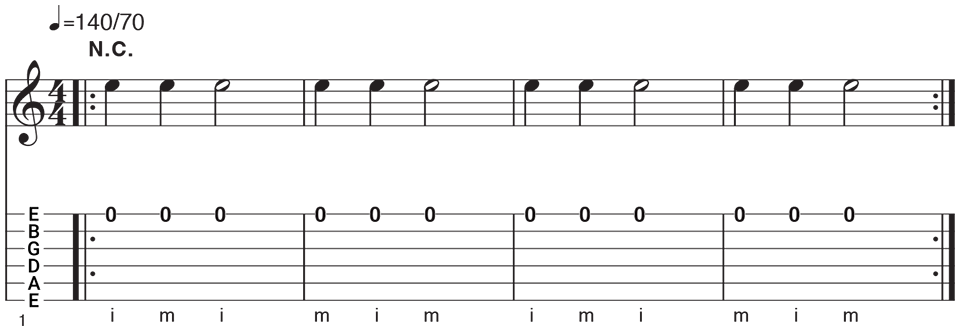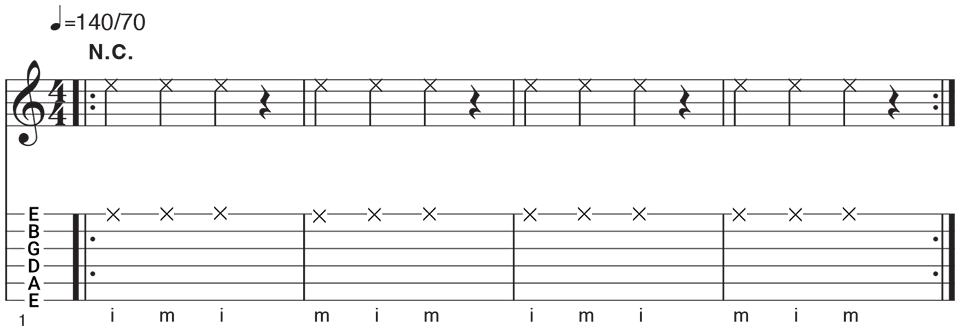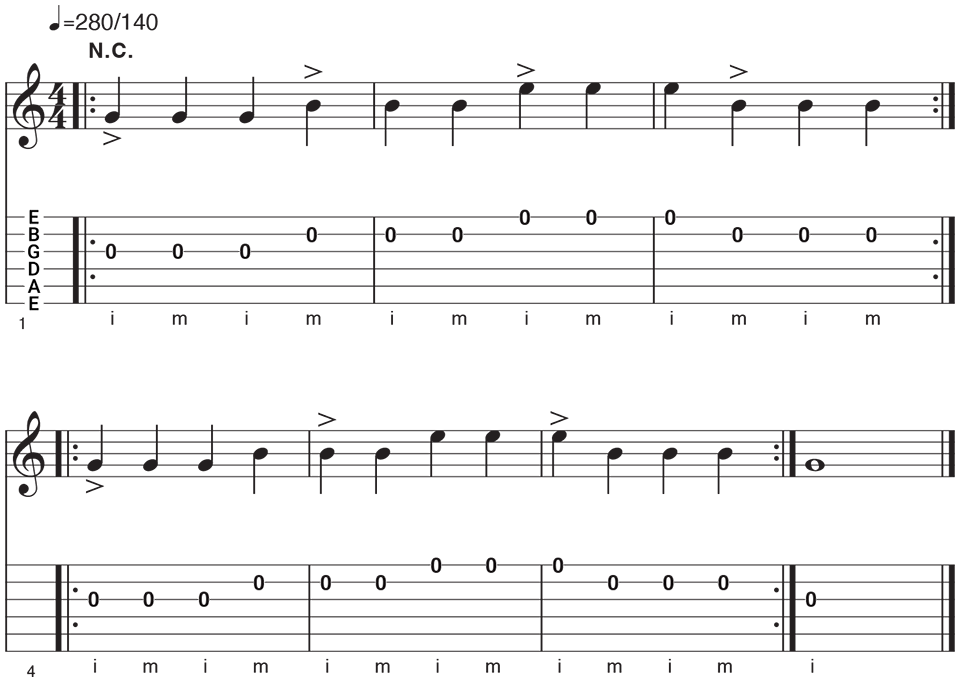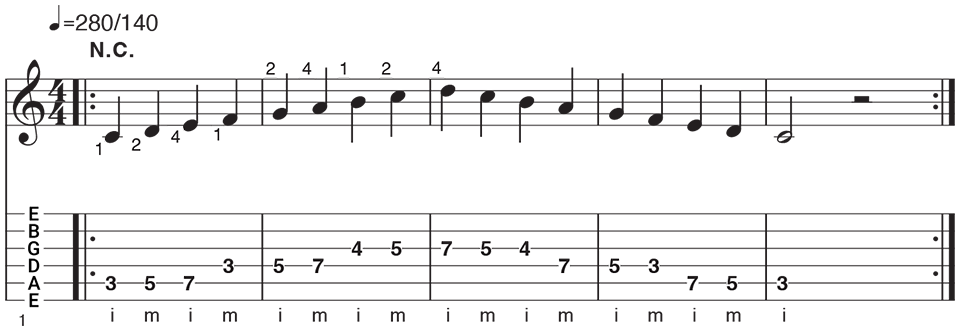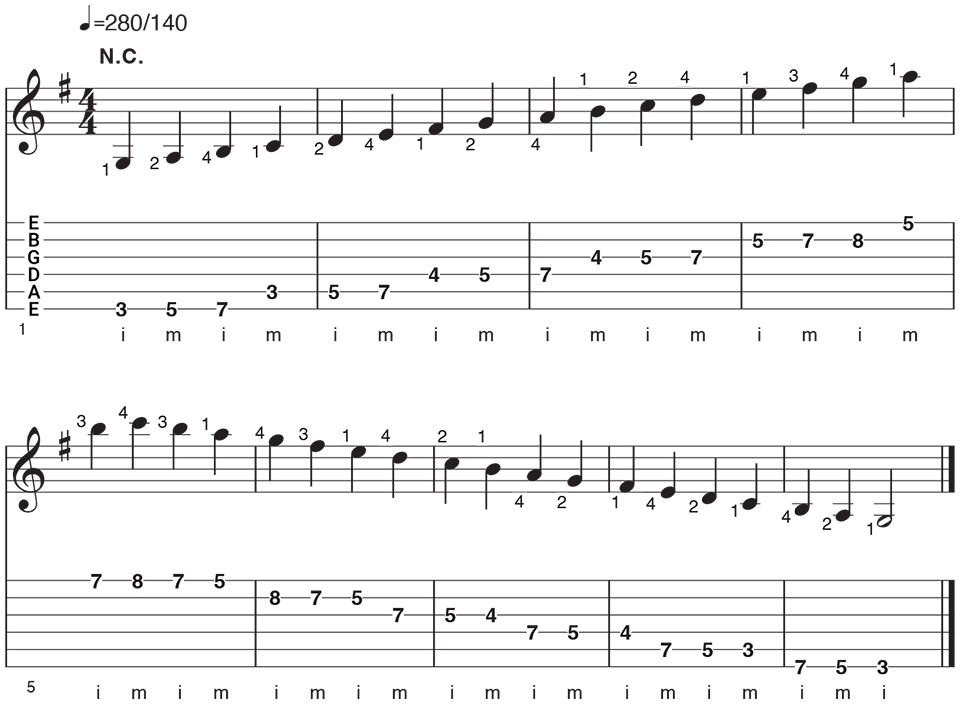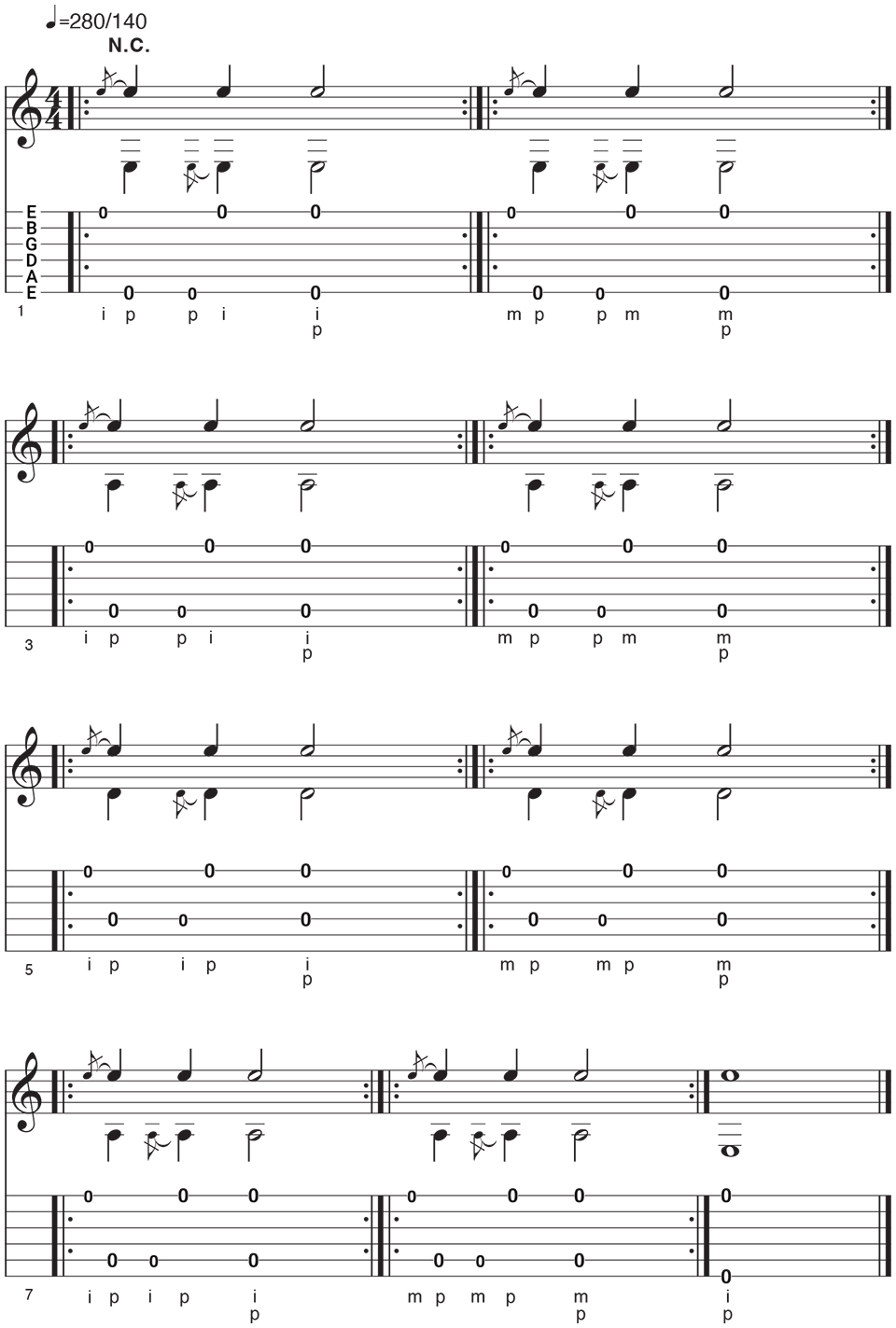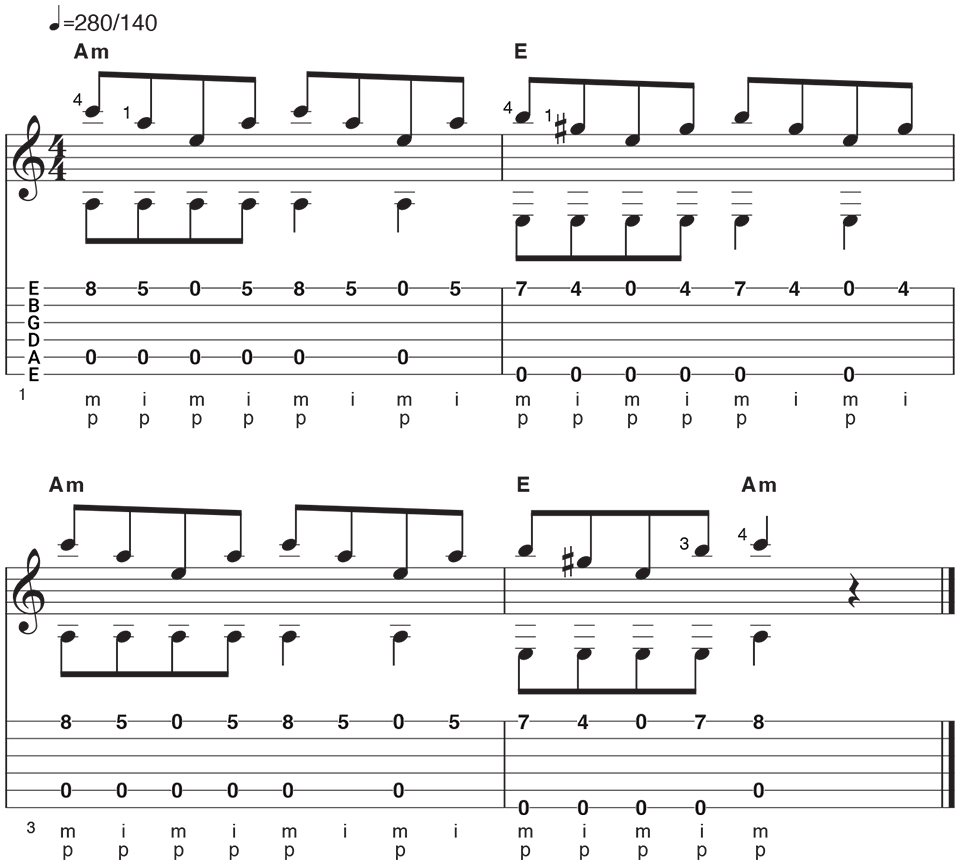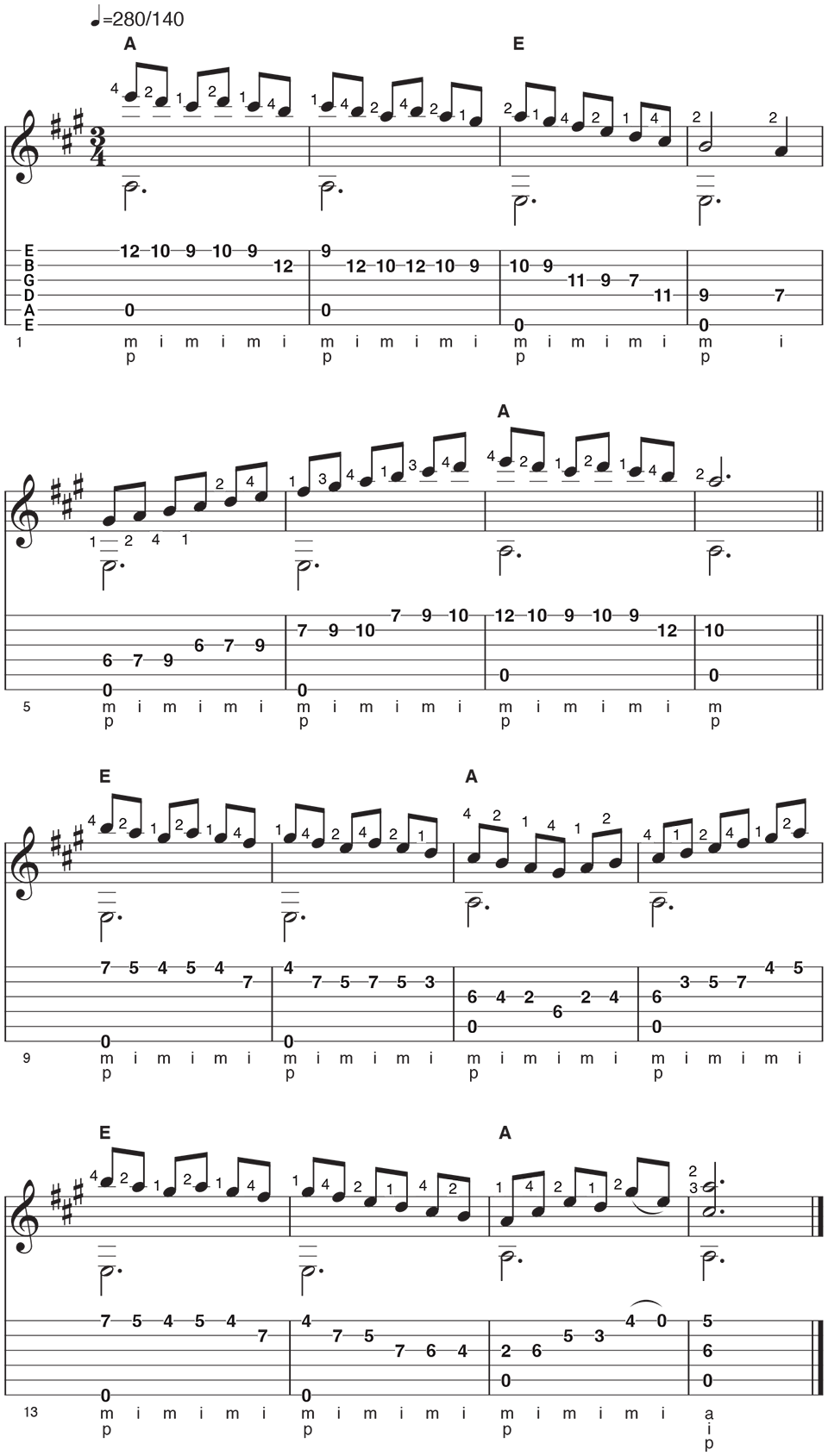The secret behind Marcin, Matteo and Paco? How rest note picking can improve your tone, speed and volume
Paco Peña, Marcin Patrzałek and Matteo Mancuso all use rest strokes to play powerful single notes – here's how to make them work for you
When fingerpicking, single notes should be as strong and confident as chord playing. While there are several ways this can be achieved, the best route means developing a solid picking hand technique that countless players favour.
Essentially, there are two ways of plucking a string with fingers: free stroke (tirando, in classical guitar speak) and rest stroke (apoyando or picado in the world of flamenco guitar). Both approaches have the same goal which is to pick the string with an inwards motion (ie, into the guitar) and then release it.
Free stroke is arguably the more challenging because you have to keep the picking hand fingertips away from adjacent strings after each pluck, despite only having a clearance of approximately a centimetre between each string. This technique is best for arpeggiated passages or multi-voice sections where notes need to sustain over others.
But today we're all about the rest stroke. For rest strokes, you also push the string perpendicularly inwards but this time allow the fingertip to land on the adjacent (lower, thicker) string.
Due to the mechanisms in play, rest stroke not only allows for easier access to a louder tone but is also ideal for plucking quick and/or bold single line melodies. This makes it a popular choice for legends like Paco Peña, as well as fingerpicking virtuosos like Marcin Patrzałek and Matteo Mancuso when whizzing through scalic runs.
What follows are eight examples that demonstrate the benefits of rest stroke, ways to overcome common hurdles when crossing strings and approaches to develop versatility and power for single note playing.
Example 1. Playing simple rest strokes well
By using just an open first string, your whole attention can be focused on honing your rest stroke technique. To start, perch your plucking hand thumb on the sixth string and perch your first finger (this is always shown as i underneath the tab) and second finger (m) on the second string. This sets up your picking hand's posture.
All the latest guitar news, interviews, lessons, reviews, deals and more, direct to your inbox!
Now proceed to raise each finger away from the string fully-extended before firing them through the first string then coming to rest on the second string.
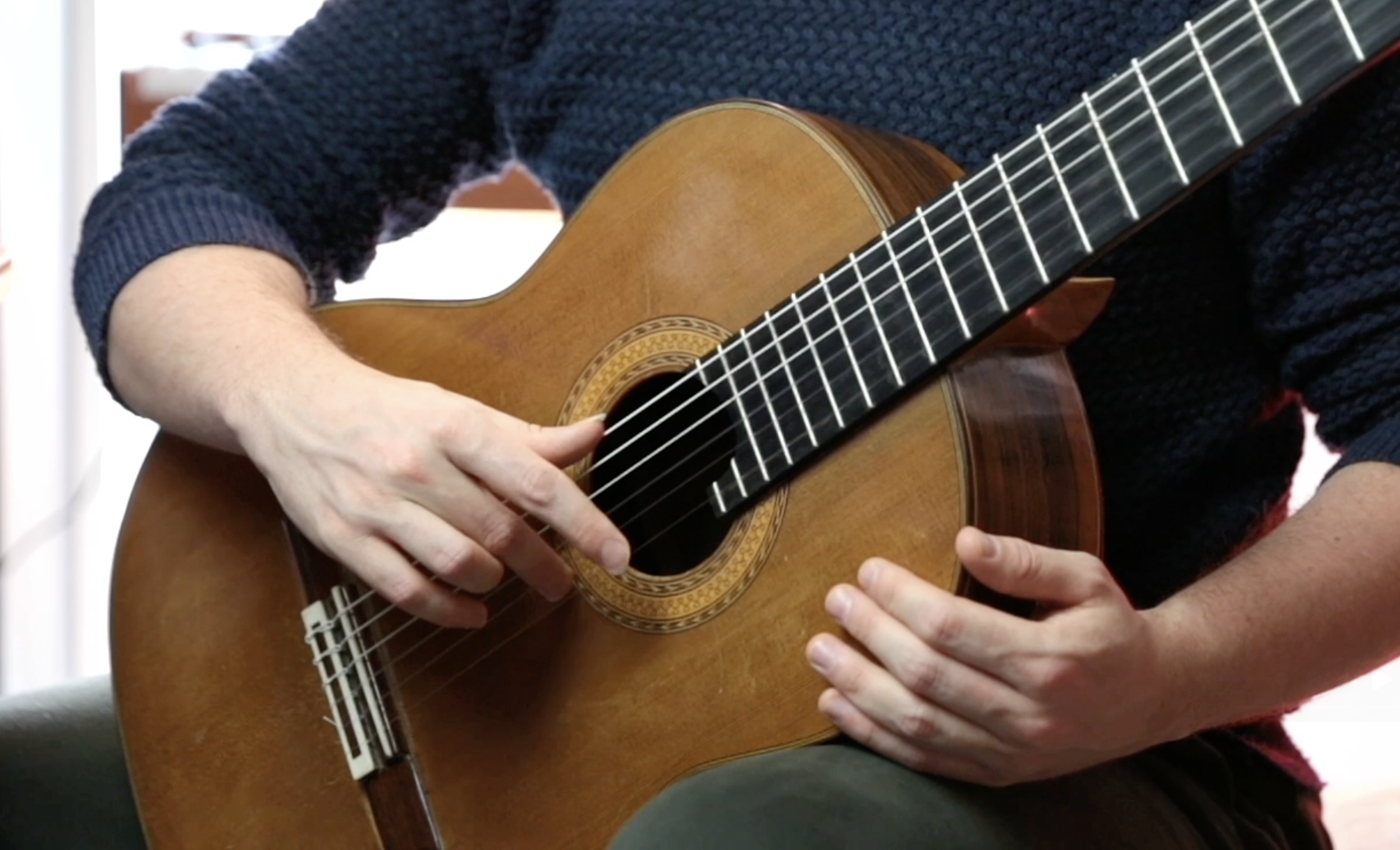
Aim to keep the shape of the finger constant through its motion, allowing a little ‘give’ in the joint closest to the fingertip. The amount of give in this joint determines how loud your pluck will be: the more flaccid the joint, the softer the resulting pluck will be.
Keep alternating your fingers between plucks – your hand should resemble a soccer player doing ‘keepie uppies’; as one finger goes down, the other comes up.
Example 2. Getting a great tone with rest strokes
Developing a round tone as a result of good rest stroke technique is your primary aim here. Mute the strings with your fretting hand then adjust your picking hand angle so a pluck results in a percussive click that has a deep and thick tone. Get this right and then all your actual notes will have body and projection.
This round tone can be relatively easy to achieve if you have no fingernails, but if you do have fingernails the challenge is to minimize the click caused when the nail connects with the string.
To reduce this, most classical guitarists file the edges of their nails into a smooth ramp and then contact with the string at the side of the fingertip. This plucking motion leads the string onto the ramp of the nail instead of colliding directly with the nail. You will likely find a slightly diagonal plucking motion is required to achieve this.
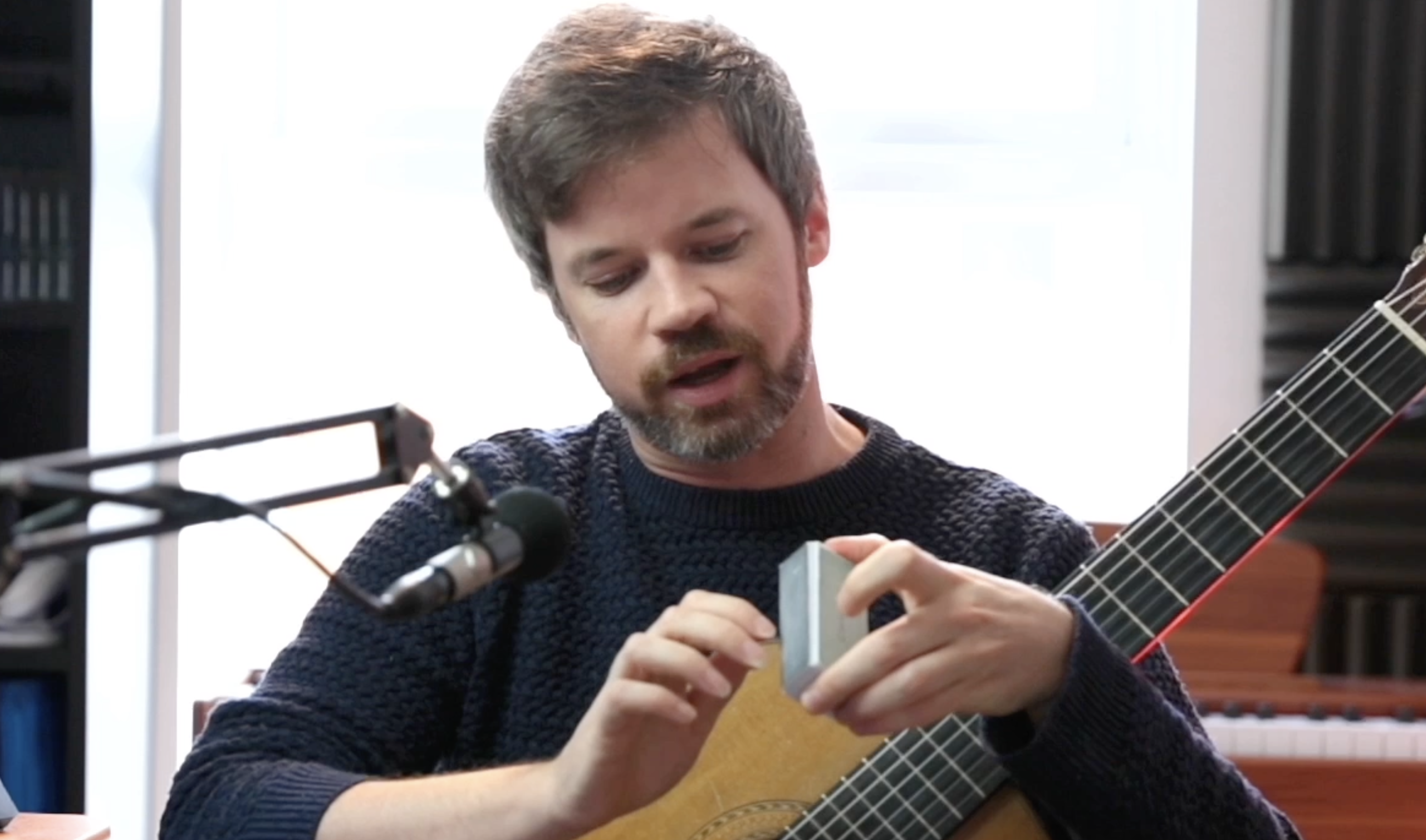
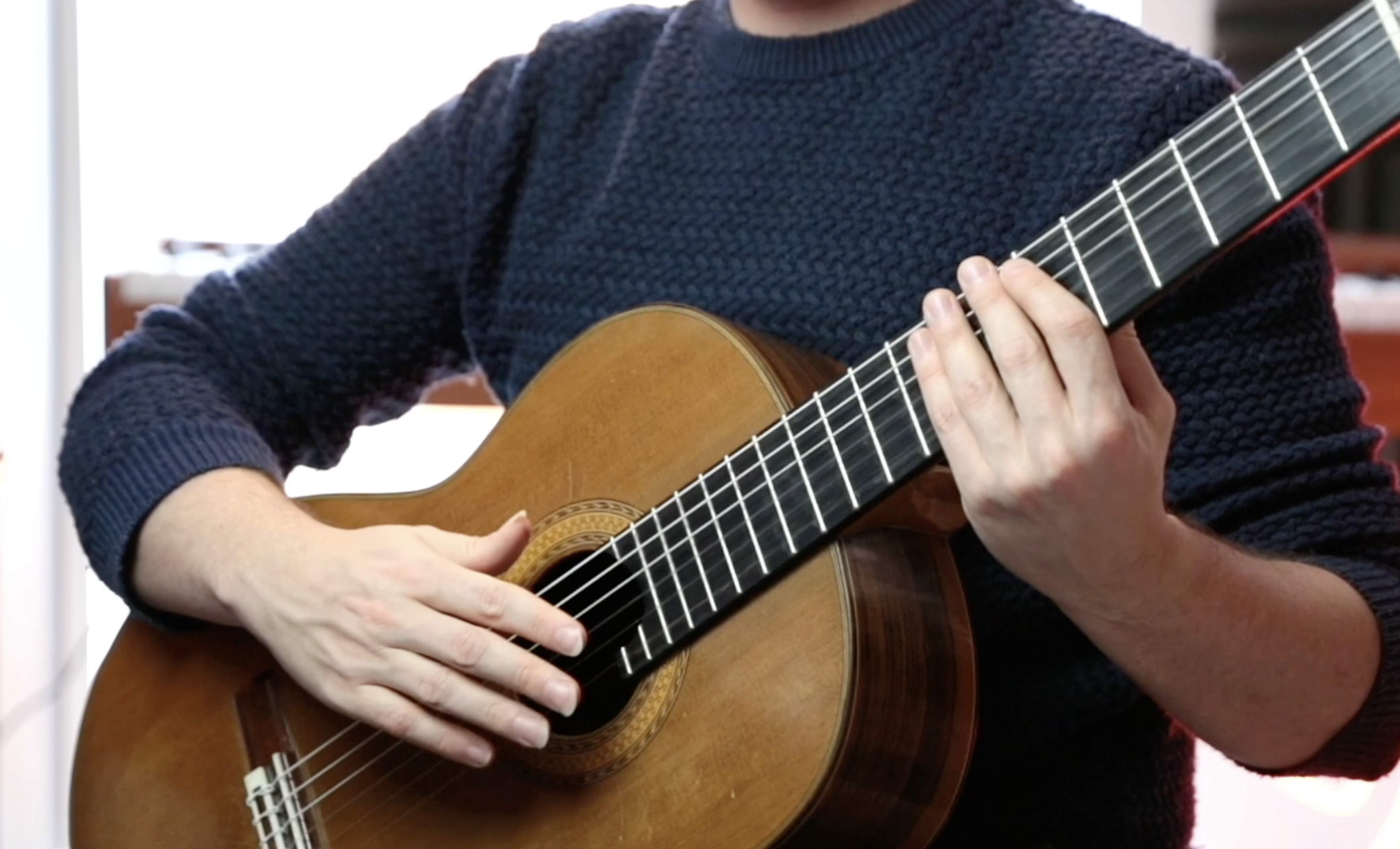
Example 3. Developing rest stroke versatility when crossing strings
Here you are practicing three notes per string counting in both 3's and 4's. In the first three bars, accent the first of every group of three notes and for the final three bars accent the first note of each bar.
This is quite a challenge at first, especially when reaching to a higher/thinner string with the first finger (i), but once proficient you will find changing strings to be relatively fluid and automatic.
Be sure to keep firing the fingers through the string, starting the plucking motion out in front of the string as opposed to ‘at’ the string.
Example 4. Applying three-notes-per-string to basic scale playing
With your focus shared between both the left and right hands, it can be easy to lose track of alternating fingers with the picking hand.
To help with this, visualize starting each string with the opposite of what the previous string started with. For example, the fifth string starts with the first (i) and the fourth string starts with the second (m), and so on.
Example 5. Applying three-notes-per-string to extended scale playing
In this exercise, you will cover the full range of strings in the same manner as example 4. In the opening bar, once you have finished plucking the three notes on the sixth string, perch your plucking hand thumb on that string to keep your plucking hand stable and relaxed.
As the fingers ascend through the remaining notes, only remove the thumb once you have returned back to the sixth string for the final three notes. If you struggle for tone and timing consistency, consider accenting the first of each group of three notes on each string as this will highlight your picking technique.
Example 6. Thumb free-stroke bass notes and rest stroke higher notes
You are now approaching a two-note texture where the high note gets plucked with a rest stroke finger (i or m) and the low note gets plucked with a free stroke thumb pluck (shown as p under the tab).
This technique can be a little tricky so in this example you are practicing plucking the note one after the other in both directions before plucking simultaneously.
For every instance your goal should be to maintain a static picking hand. Explore finding an angle that works for you, focusing on a still row of knuckles in the picking hand.
Example 7. Playing two-parts with rest stroke upper melody and free stroke bass notes
Here, you want to focus on maintaining an equal tone between the 2-note chords plucked p-i and p-m. It can feel a little like trying to pat your head with one hand whilst simultaneously rubbing your stomach with the other.
If maintaining alternating fingers is a significant challenge early on, explore plucking the upper voice staccato (clipped/short), placing the next note’s finger on the string immediately after plucking the previous note.
Example 8. Final two part piece using a rest stroke melody and free stroke bass notes
Here you are applying everything covered for a final mini-piece. Keep those picking hand fingers kicking up when they are not plucking, driving the fingers through the string every time with a strong rich tone.
In the fretting hand, relax the spread of the fingers and aim to make all movements when placing and removing notes come from the fingers rather than the hand itself.
Described by BBC Radio 3's Max Reinhardt as “virtuosic and committed, with stunning sonic awareness”, Declan Zapala is a British classical and percussive fingerstyle guitarist specialising in composition, arranging, audio production, and education. A Masters graduate of London's Royal College of Music, Declan is a classical guitarist by training but has spent a fruitful career defying genre and pushing the boundaries of what is possible on the instrument. As a solo artist, his shows have received no less than seven 5* reviews in recent years, and his solo show 'Fusion Guitar’ won Best Music Show at the Adelaide Fringe in 2015.
- Jason SidwellTuition Editor – GuitarWorld.com, GuitarPlayer and MusicRadar.com
You must confirm your public display name before commenting
Please logout and then login again, you will then be prompted to enter your display name.

